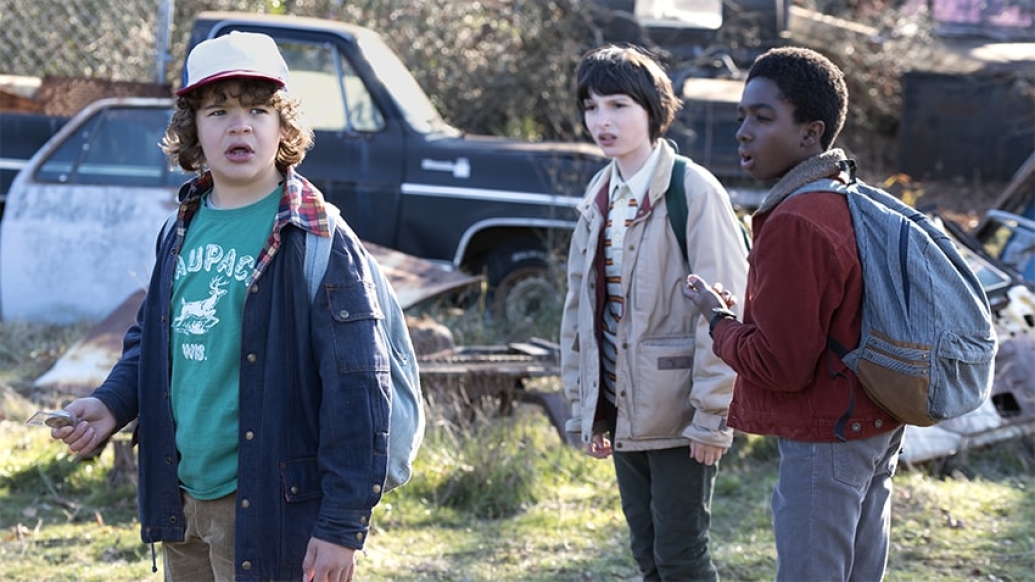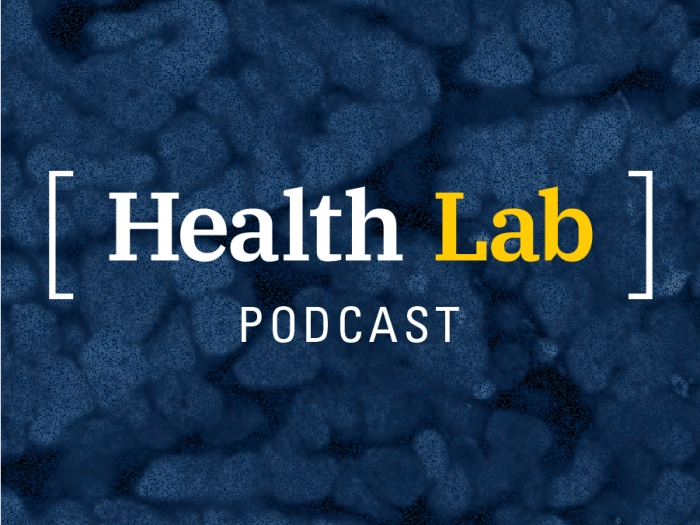The hit Netflix show brought a rare birth defect into mainstream conversation. A U-M doctor explains the particulars.
1:00 PM
Author |

Thanks to the sudden popularity of young actor Gaten Matarazzo and the Netflix series "Stranger Things," cleidocranial dysplasia has recently come into the spotlight.
The rare genetic condition, which affects Matarazzo and others and is marked by the underdevelopment of bones and teeth, hasn't gotten much attention until now.
SEE ALSO: Helping Other Kids Understand Your Child's Craniofacial Differences
The reason: "It happens to one in 1 million people," says Christian Vercler, M.D., a plastic surgeon with the Craniofacial Anomalies Program at University of Michigan C.S. Mott Children's Hospital.
By comparison, other craniofacial differences — such as cleft lip and palate, found in about 1 in 700 births, Vercler says — are better known because of their higher rates of occurrence.
The impish 14-year-old Matarazzo's role as Dustin on "Stranger Things" not only won him scores of fans but also showcased his ability to transcend the disorder.
"It can be a very difficult condition to have … [but] I feel like I'm raising awareness for it," he told People magazine in an interview. "It makes me feel good."
Vercler, who has worked with cleidocranial dysplasia patients, explains more about the disorder.
Characteristics can vary: People with cleidocranial dysplasia are born without or with only partial collarbones, giving them sloped shoulders that can rotate unusually forward (a trait Matarazzo jokes in interviews that some people find "cool"). They also will not develop a full set of teeth; some may never get any.
SEE ALSO: The Dangers of Untreated Concussions in Kids' Sports
Other symptoms, according to the National Institutes of Health, can include scoliosis, a larger forehead than usual and a delayed closing of the fontanelle. Such signs aren't always evident in affected babies. "Generally, you pick up on it as a kid is growing," Vercler says.
It's acquired genetically: The disorder can be passed down from either parent in an autosomal dominant manner, so if only one parent has the mutation (in this case, of the gene RUNX2), a child can inherit it. "The child has a 50-50 chance of getting it," Vercler says.
In a third of cases, however, no mutation of the RUNX2 gene is found, leaving the cause unknown.
Some cases require surgery: Some people with cleidocranial dysplasia could be candidates for surgery — namely, to correct severe scoliosis or procedures to change the head shape. Matarazzo has mentioned having had several mouth surgeries, for example.
Still, every case is different: "Usually, I don't have to operate on these children," Vercler says.
Bone health and dental function are compromised: Because the mutated RUNX2 genes affect bone growth, osteoporosis may develop at an early age. This can impede corrective dental surgery in adulthood because the bones can be too weak to hold implants in place, Vercler says.
Most people instead rely on dentures to mimic the appearance and function of real teeth.
Life often continues as normal: Cleidocranial dysplasia doesn't typically affect cognition and physical aptitude — as demonstrated by Matarazzo's lively onscreen performance. And other children needn't fear the birth defect or use it as reason to exclude kids from activities.
Notes Vercler: "We usually don't impose any activity restrictions. We encourage them to do all the things that they love."
Photo credit: Netflix

Explore a variety of health care news & stories by visiting the Health Lab home page for more articles.

Department of Communication at Michigan Medicine
Want top health & research news weekly? Sign up for Health Lab’s newsletters today!





